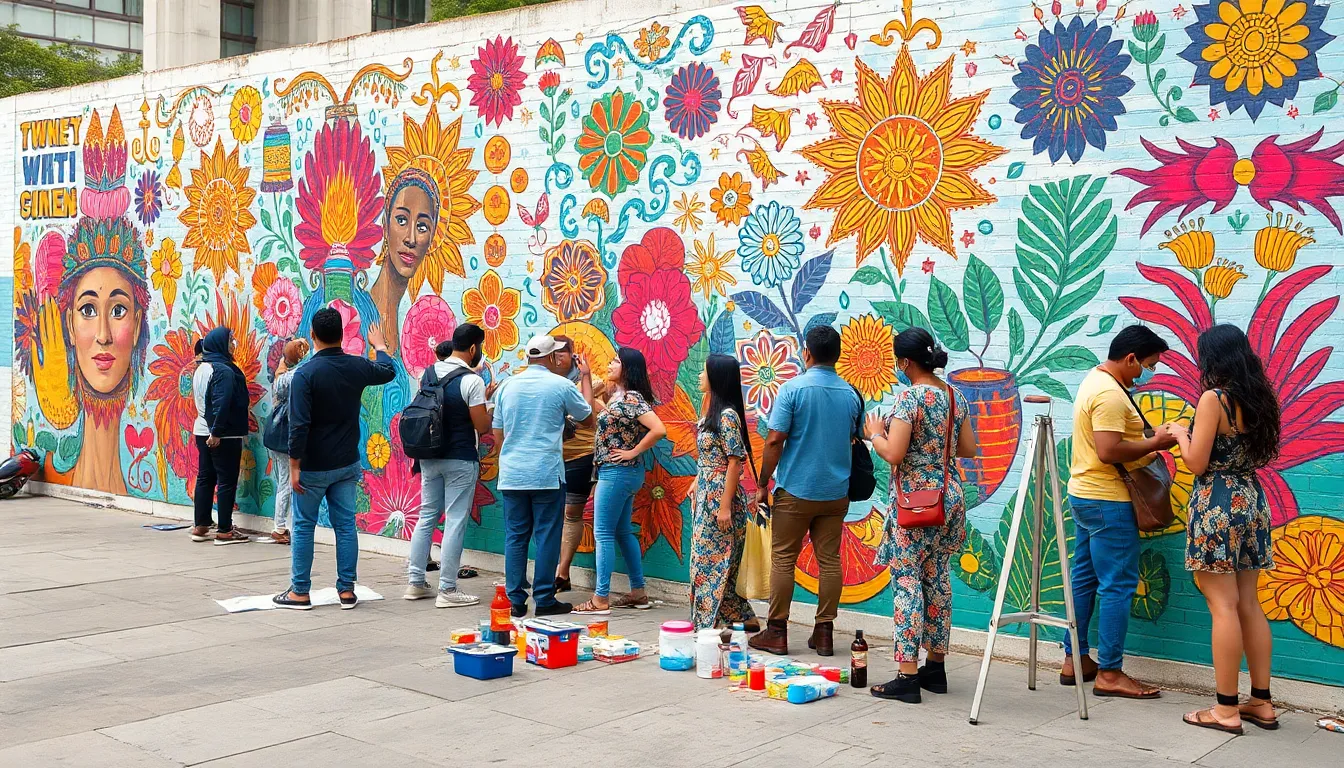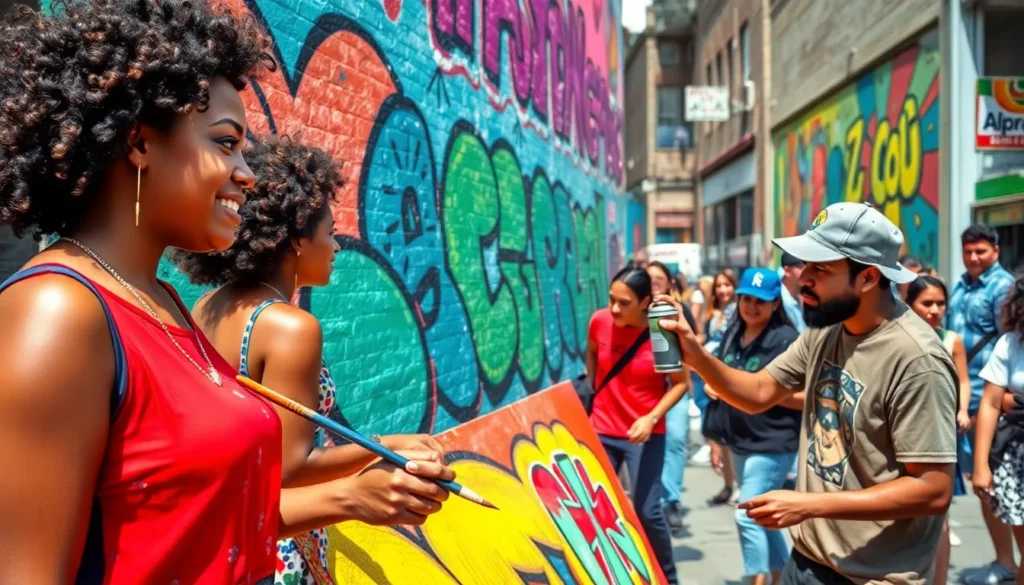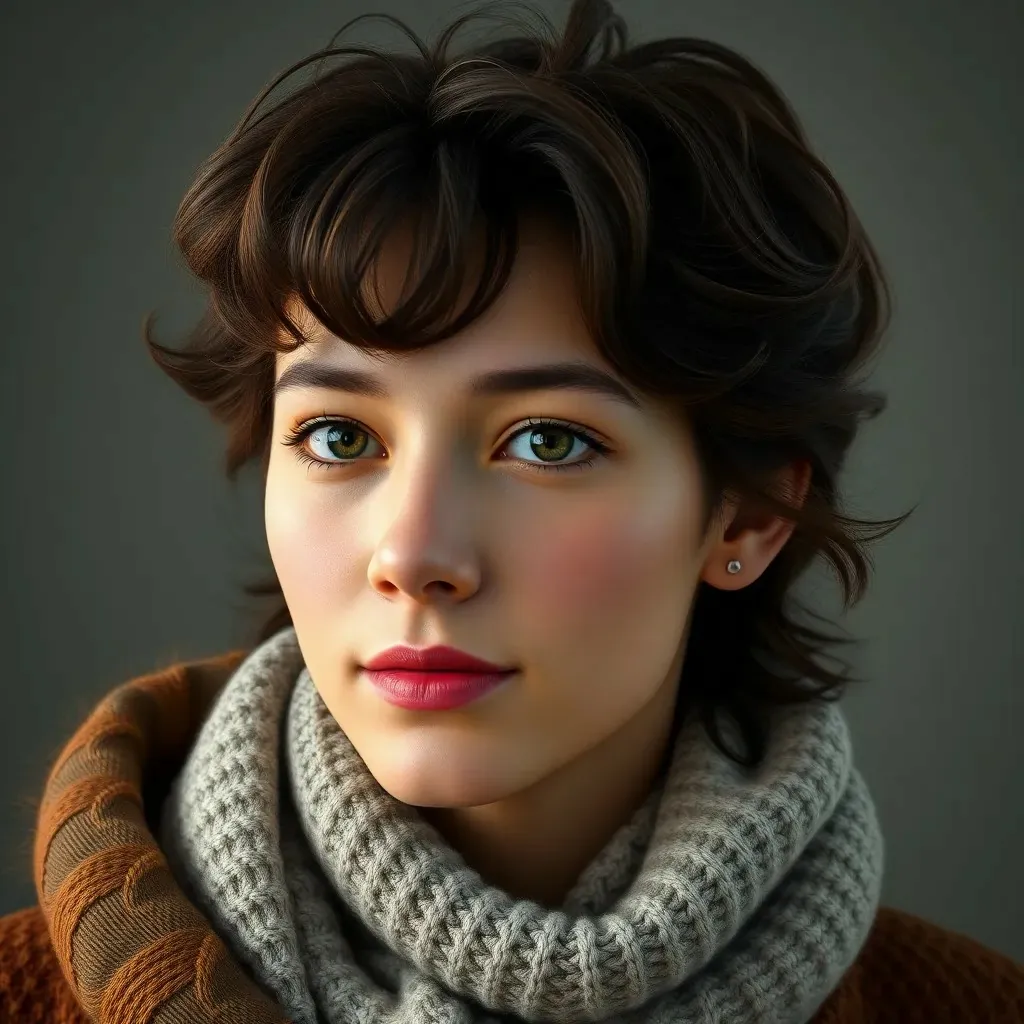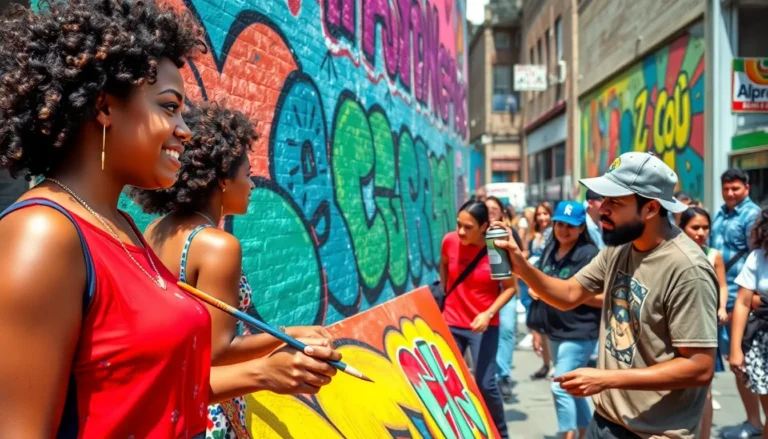In a world filled with trends that come and go faster than a cat video can go viral, “doatoike” stands out like a unicorn at a dog show. This quirky phenomenon has captured the attention of curious minds everywhere, and for good reason. It’s not just a passing fad; it’s a delightful blend of creativity and culture that’s here to stay.
Table of Contents
ToggleWhat Is Doatoike?
Doatoike represents a multifaceted cultural phenomenon that blends creativity with community engagement. It encompasses various forms of artistic expression, such as music, visual arts, and performance. This unique concept encourages collaboration among artists and audiences, fostering a vibrant cultural experience.
At its core, doatoike emphasizes the importance of shared experiences. Events often take place in unconventional settings, such as public spaces and local galleries. Such environments invite participation and inclusivity, making art accessible to everyone.
Artists involved in doatoike prioritize innovation and experimentation. They explore new techniques and collaborate across different art forms. The result is a diverse range of projects that captivate audiences and challenge traditional norms.
Doatoike also reflects local culture and heritage. Each project often incorporates elements specific to its community, highlighting regional narratives and traditions. This connection to local identity enhances the authenticity of the art created under this movement.
People who engage with doatoike frequently describe it as transformative. Participants often report a deeper appreciation for the arts and a heightened sense of belonging within their community. By connecting individuals through creative endeavors, doatoike strengthens social bonds and promotes cultural exchange.
Doatoike stands out for its ability to merge creativity and community. This phenomenon showcases the power of art to inspire, connect, and enrich lives, making it a vital aspect of contemporary cultural dialogue.
The History of Doatoike

Doatoike has deep roots in various artistic traditions. This cultural phenomenon began in the late 20th century, fostering innovative artistry across different domains.
Origins and Development
Emerging from a desire for community-driven art, doatoike was shaped by local artists seeking to engage with their surroundings. Influences from street art, folk traditions, and contemporary practices contributed to its evolution. Artists utilized public spaces as canvases, inviting participation and challenging the status quo. Festivals and workshops sparked collaborative efforts. Each project blossomed from local identity, emphasizing experimentation and cultural storytelling. As the movement gained momentum, it drew attention for its ability to unify diverse artistic expressions.
Cultural Significance
Doatoike embodies a vibrant reflection of collective identity and creativity. This movement holds value as it fosters inclusivity and connection within communities. Participants often feel empowered, gaining a sense of ownership over their cultural landscape. By prioritizing shared experiences, doatoike enhances social engagement and promotes understanding among individuals. It serves as a platform for marginalized voices, amplifying their stories through art. Artists challenge traditional norms while celebrating cultural heritage, fostering dialogue and enriching the contemporary art scene.
The Principles of Doatoike
Doatoike revolves around essential principles that drive its artistic and cultural impact. These principles guide artists and participants in creating a rich, inclusive cultural landscape.
Core Values
Inclusivity stands as a cornerstone of doatoike, inviting diverse voices and perspectives into the conversation. Collaboration empowers artists and audiences to share ideas and experiences, fostering a sense of community. Authenticity remains vital, as creators reflect their local cultures through their work. Innovation thrives within this movement, encouraging experimentation that challenges the status quo. Through these core values, doatoike enhances cultural expression and nurtures connections across various communities.
Practical Application
Doatoike manifests through various artistic projects designed for public engagement. Festivals often serve as platforms where communities come together to celebrate creativity. Art installations can transform local spaces, providing new perspectives for residents and visitors. Workshops frequently allow participants to learn directly from artists, deepening their understanding of the creative process. Public performances showcase collaborative efforts, promoting social interaction and cultural exchange. Each initiative highlights doatoike’s emphasis on shared experiences and community involvement, making art accessible to all.
Doatoike in Contemporary Society
Doatoike significantly impacts contemporary culture and artistic practices. This phenomenon shapes how artists and communities interact with art today.
Influence on Modern Practices
Emerging from its community-driven roots, doatoike actively transforms modern artistic practices. Artists embrace unconventional methods that drive public engagement and collaboration. An emphasis on inclusivity inspires creators to experiment with diverse mediums and cultural narratives. Community feedback often guides project development, ensuring relevance and resonance. Traditional boundaries in art dissolve, allowing for more dynamic forms of expression.
Case Studies and Examples
Numerous examples illustrate the essence of doatoike in action. The “Street Art Festival” in Berlin showcases local artists who adorn urban spaces with vibrant murals. Each artwork reflects the diverse voices of the community. Another noteworthy instance is “Art in the Park,” where musicians and visual artists collaborate during public events. Observers often engage with the art directly, fostering a sense of shared ownership and connection. Both cases highlight how doatoike promotes cultural dialogue, making art accessible to wider audiences.
Doatoike stands as a testament to the power of art in fostering community and creativity. By prioritizing shared experiences and inclusivity it reshapes the cultural landscape, inviting everyone to participate. This movement not only amplifies marginalized voices but also encourages innovation and collaboration among artists and audiences alike.
As doatoike continues to evolve it remains rooted in its community-driven origins, transforming how art interacts with society. Through various projects and initiatives it enriches lives and cultivates a deeper understanding of cultural heritage. The impact of doatoike is profound, making art accessible while celebrating the unique stories that define each community.






